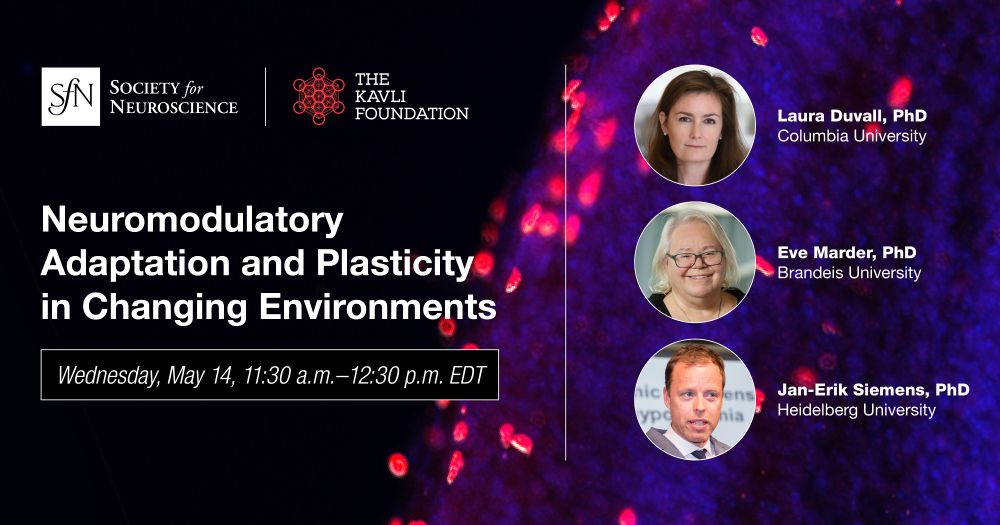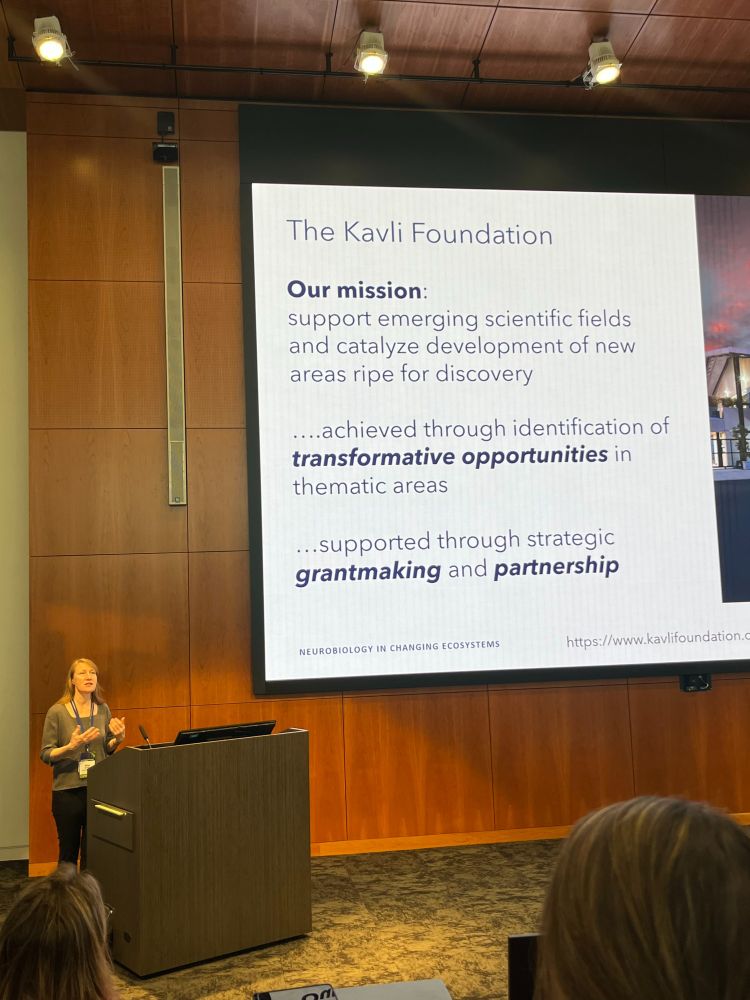Jan Siemens
@jansiemens.bsky.social
130 followers
82 following
35 posts
Heat, cold, brain - viva sensory science and the hypothalamus
https://siemenslab.de/
Posts
Media
Videos
Starter Packs
Jan Siemens
@jansiemens.bsky.social
· Apr 20
Jan Siemens
@jansiemens.bsky.social
· Apr 20
Jan Siemens
@jansiemens.bsky.social
· Apr 20
Jan Siemens
@jansiemens.bsky.social
· Apr 20
Jan Siemens
@jansiemens.bsky.social
· Apr 20

Diverging roles of TRPV1 and TRPM2 in warm-temperature detection - PubMed
The perception of innocuous temperatures is crucial for thermoregulation. The TRP ion channels TRPV1 and TRPM2 have been implicated in warmth detection, yet their precise roles remain unclear. A key c...
pubmed.ncbi.nlm.nih.gov
Reposted by Jan Siemens
Meg Tirrell
@megtirrell.bsky.social
· Apr 9

Nobel laureate: I owe America my success. Today, its scientific future is in danger | CNN
Dr. Ardem Patapoutian says he watches “with deep sadness as the United States’ remarkable scientific enterprise, which took generations of hard work and national investment to build, faces a concerted...
www.cnn.com
Jan Siemens
@jansiemens.bsky.social
· Mar 12

Metabolic tuning facilitates nociceptor resilience to excitotoxicity
The capsaicin receptor, TRPV1, mediates the detection of harmful chemical and thermal stimuli. Overactivation of TRPV1 can lead to cellular damage or death through excitotoxicity, a phenomenon associa...
www.biorxiv.org
Reposted by Jan Siemens
Reposted by Jan Siemens
Kristin Knouse
@kristinknouse.bsky.social
· Feb 24

A roadmap toward genome-wide CRISPR screening throughout the organism
Genome-wide CRISPR screening in the organism has tremendous potential to answer long-standing
questions of physiology and disease; however, technical limitations have prevented
its broad application. ...
www.cell.com
Reposted by Jan Siemens
Jan Siemens
@jansiemens.bsky.social
· Dec 23

Heat acclimation induces hypothalamic temperature sensitivity that promotes heat tolerance
Nature Neuroscience - After long-term heat exposure, a discrete group of hypothalamic neurons in the anterior ventromedial preoptic area become hyperactive and acquire temperature sensitivity. This...
rdcu.be
Jan Siemens
@jansiemens.bsky.social
· Dec 23
Sam Rodriques
@sgrodriques.bsky.social
· Dec 21

The essential role of natural language in representing biology
At the time of writing, it is December 2024, and I am at NeurIPS. The word of the day, at least in the AI for Biology community, is foundation models. Everyone wants bigger data on more things to thro...
www.sam-rodriques.com
Reposted by Jan Siemens
Richard Sever
@richardsever.bsky.social
· Dec 21
Jan Siemens
@jansiemens.bsky.social
· Dec 23














